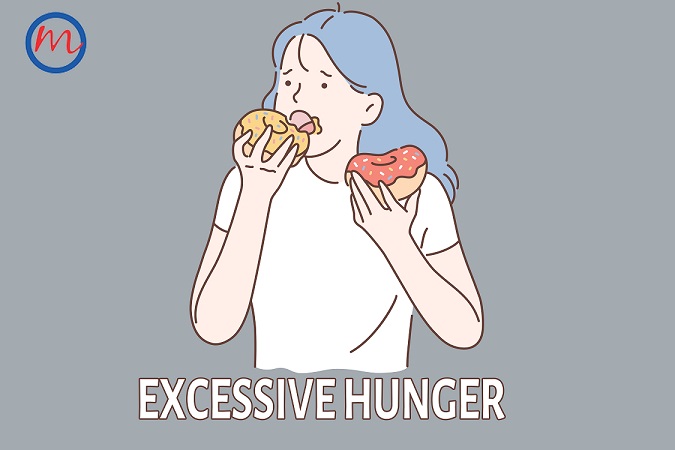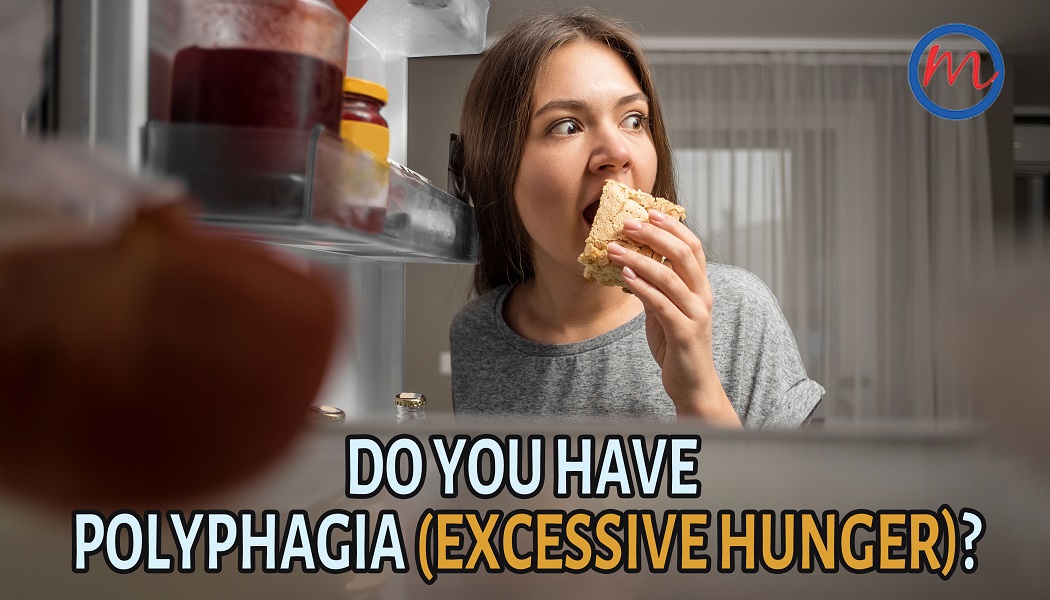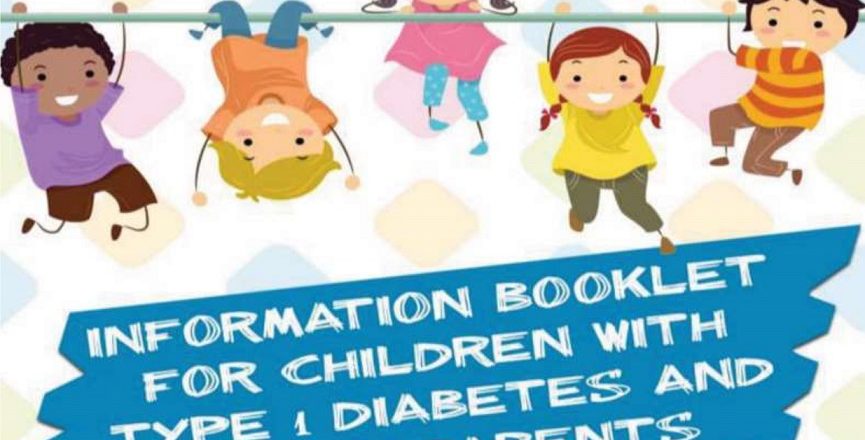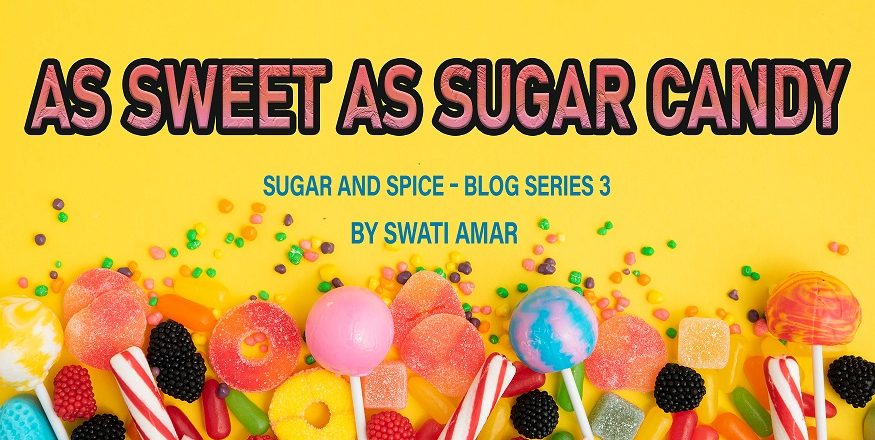Consider this: your lifestyle, activity levels or diet have not changed, yet you are suddenly hungry all the time. You find yourself raiding the kitchen shelves or the refrigerator, looking for something to pop into your mouth. But no matter how much you eat, the gripping hunger refuses to go away. You are also tired. Sometimes, you feel as if all your energy has been drained away. What is happening to you?
What is it?
It’s called polyphagia, one of the 3 Ps of diabetes—the three cardinal symptoms—that often occur together. These are polydipsia or increased thirst; polyuria or frequent urination and polyphagia, or excessive appetite. Take note: with polyphagia, you are not just ravenously hungry all the time, you are in the grip of food cravings even if you have just eaten. The medical definition of polyphagia is: “excessive hunger and excessive intake of food.” But in a country where more than 50 percent of people with diabetes are unaware of their status, it pays to know and understand your bodily response to food.
Hunger is such a common word and experience that it is easily overlooked as a symptom. There are many types of hunger. You can be hungry when you have nothing in your stomach. You can have a rise in appetite following a strenuous exercise regimen. You can also get cravings during times of stress, leading to overeating. You can binge eat—meaning, uncontrolled eating that may not be linked to actual hunger and is followed by guilt—as in many eating disorders. Polyphagia is different. It is hunger from a lack of food in the cells of your body.
What causes it?
What is it about diabetes that makes you so hungry in your cells? Normally, your body converts the food that you eat into glucose. The food is broken down by the stomach and then enters the bloodstream in the form of sugar or glucose. The insulin hormone produced by your pancreas makes it possible for your cells to take in the glucose and use it for energy.
In type 1 diabetes, your body produces some insulin before, at some point, your pancreas shuts down insulin production altogether. Most people diagnosed with Type 2 diabetes would have had some form of insulin resistance (an average of five years) before they receive a diagnosis of the disease. Blood glucose can reach high levels, but there is some insulin that helps to bring it down somewhat.
If your body does not make enough insulin, or at all, or the insulin does not work the way it should, the glucose keeps floating in the blood instead of getting into cells. Your cells need glucose to use it for energy and satisfy your hunger, but the sugar just sits there in the bloodstream. As a result, the energy from the food you consume does not go where it needs to.
This condition can make you more hungry and tired than usual. You could eat and eat with untreated diabetes and never feel full or satisfied. People with polyphagia often lose weight, even though they are eating more than normal because the excess calories are lost in the urine as sugar or glucose
Ups and downs
Polyphagia with hyperglycaemia, or high blood sugar, is especially troublesome. High blood sugar levels directly increase cravings for food—and in particular, sugar—because your body relies on it to function. When there isn’t enough insulin to reach glucose to your brain and cells throughout the body, your brain sends out signals as hunger. The intense craving for food is the brain calling out for sugar, without which it cannot function.
Unfortunately, it’s a vicious cycle because the more you eat, the higher your blood sugar becomes. And the more extreme your hunger—an intense craving for sugar. A blood sugar level of 140 mg/dL is considered normal, but excessive hunger as a symptom starts when blood sugar levels cross 250 mg/dL, considered the caution line. Most of the signs and symptoms of high blood glucose appear once the blood sugar level goes over 250 mg/dl. The longer it stays over 250 mg/dL, the stronger the cravings for food become.
On the other side of the diabetes spectrum, there is low blood sugar—a common part of the life of people with diabetes, especially if one takes insulin or other diabetes drugs that can potentially dip blood sugar levels (Remember, many non-insulin medications cannot cause low blood sugar, even if they work by lowering your blood sugar.) For most people, the craving for sugar starts when blood sugar dips below the 80 to 70 mg/dL range, but can manifest as sudden hunger when blood sugar drops rapidly but is still at 90 or 100 mg/dL.

What’s the solution?
If you give in to your food cravings, you will end up spiking your blood sugars. Yet, resisting the urge to eat when your blood sugars are way too high or too low is very difficult. Especially with your brain begging you for more food. So you need to know how to deal with those hunger pangs.
In recent studies, researchers have shown that eating at a slow pace increases fullness and bring down hunger. This is true especially for people who have type 2 diabetes, are overweight and obese. Slow-eating also helps curb the amount of food that is being consumed by, too.
A few other coping strategies are: eating slowly and without distractions, like television or the internet, so that you enjoy the smell, taste and flavour of food. This will give your brain a chance to get the message that you are full. Increase food flavourings with herbs and spices, because strong aromas tend to satisfy hunger more. Drink water before and during meals, or when you have a craving, to help fill you up. Make high-fibre, low-carbohydrate snacks (like nuts) a part of your diet. They can distract your brain from food cravings.
Regular exercise reduces hunger and cravings by reducing the rate at which your body uses insulin. Eat regular meals and snacks to avoid low blood glucose. Have ample protein for breakfast, to help keep you full through the morning. When your blood glucose is too low, you will need to consume carbohydrates with quick sugar to bring your blood glucose up fast. Usually, 15 grams is sufficient. If your blood glucose is high, try some high-fibre, low-carbohydrate foods (for instance, raw vegetables) in order to fill you up. Be sure to drink plenty of water.
The real solution, however, is to consult a doctor to see if you have any type of diabetes. Your doctor will put you through tests and give you the right medication to make your pancreas produce more insulin and help your insulin work properly so that your blood glucose moves into the cells. Your doctor will decide if you need diabetes medications or insulin to help curb your cravings.
Don’t wait. Food cravings can become a significant problem in diabetes. It’s vital to not only regulate your appetite but prevent long-term damage in other parts of your system.



